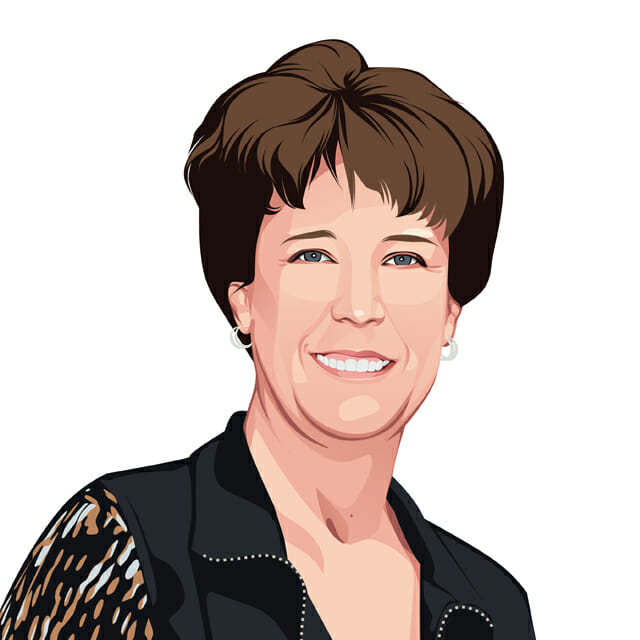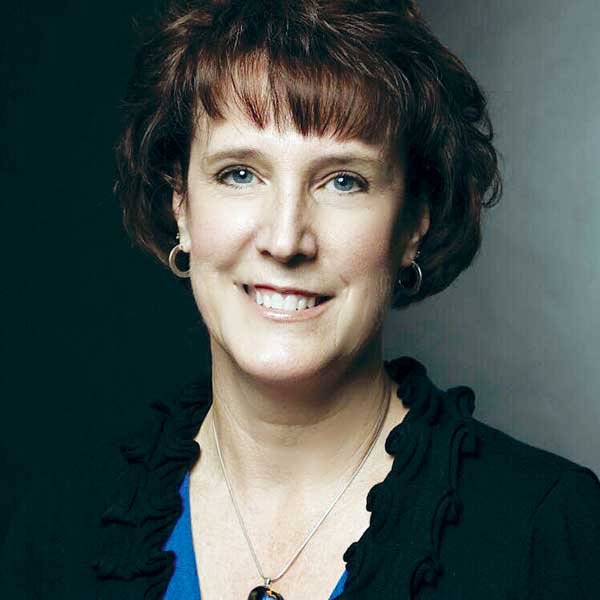

My friend is one of those solid people who never ever lets the world get to her. She is as rock solid as can be. She was the one who said, “You are alive, or you are not,” after I had an active shooter in my hospital and faced the gun.
It is not that she is not empathetic, she is. She just is practical. Yes, I was alive. Of course, for several months, every time a car backfired, I would flinch and duck, but I was alive.
When I spoke with her the other day, I became worried and a little shocked. She was describing how it feels right now in this phase of the pandemic. She described it as a fog of chaos that keeps swirling around so much that you become disoriented, even lost. She asked very quietly, how do you lead through this?
How do you lead in the heavy fog of chaos? With the same skills and abilities you do when you are lost in the woods. Walking in the thick of fog off the Oregon Coast among old growth trees that canopy above you can cause your heart to pound. Leading through “This has not been seen or experienced for over 100 years” heavy fog of a pandemic has eerie similarities and elicits similar feelings. You must not be overwhelmed, should focus on small steps forward and must use the tools you have or can gather.
My dad was a former Boy Scout leader, and he always taught the following advice in bold (with my input on the application to healthcare following in non-bolded text):
- Think safety first, layers and supplies even for short hikes.
Organizations have developed strategic actions that have helped in the fight against pathogens. Yet transmission continues. Think safety and layers when dealing with infectious diseases.
PPE is usually seen as the first layer of safety, but forgotten is the T-Zone. The T-Zone is the area of the face where pathogens enter the body. It is the eyes, nose, and mouth. One of the most important actions in the fight against pathogens is to identify the T-Zone as the first layer.
Using a novel topical that lowers the pH and is hostile to pathogens over the T-Zone provides a safety layer if PPE is not utilized correctly or not at all. Think layers to assure safety.
- Stop and rest when you start to feel tired. Don’t wait until you are exhausted. Make sure to drink enough water to avoid dehydration.
Leaders can implement rest breaks even with short staffing. Rest breaks are not regular legally required breaks. They are designed to address the physical and mental load care providers are experiencing. Leaders step in and cover the breaks. Refreshment and rest zones are established where employees can go and relax, rehydrate and re-energize.
Leaders also take rest breaks, acknowledging that exhaustion impacts all human beings. Think self-care, not self-sacrifice.
- Stop and fix small problems while they are still small. Don’t let pebbles get in your shoes. The smallest of rocks can cause pain and harm.
Just as the hiker must stop and find the source of discomfort, so must leaders not ignore what is causing hardship or pain within their facilities.
Many times, quality and safety issues start out small. I recently worked with an organization that was struggling to meet its quality goals. As I conducted the quality gap analysis and explored underlying causes, it became clear that many of the issues started out small. Employees reported they did not have the supplies they needed. They did not know what was expected of them in caring for more complex individuals. They felt that their ideas were not solicited nor welcomed.
Turnover was high as people wanted to make a difference and did not feel that they were, so they left. Leaders were shocked that the employees felt that way.
It is not always the pebble that is the leader’s shoe, many times it is in the shoes of the employees, and they keep walking until they walk out the door, in pain.
Think of the team you want to keep, what can you do to ease their way?
Leading in the fog of chaos take courageous leadership. But if leaders lean into the lessons of hiking in the fog, the right pathway will declare itself.
Martie L. Moore, MAOM, RN, CPHQ, is the CEO of M2WL Consulting. She has been an executive healthcare leader for more than 20 years. She has served on advisory boards for the National Pressure Injury Advisory Panel and the American Nurses Association, and she currently serves on the Dean’s Advisory Board at the University of Central Florida College of Nursing and Sigma, International Honor Society for Nursing. She was honored by Saint Martin’s University with an honorary doctorate degree for her service and accomplishments in advancing healthcare.
The opinions expressed in McKnight’s Long-Term Care News guest submissions are the author’s and are not necessarily those of McKnight’s Long-Term Care News or its editors.





